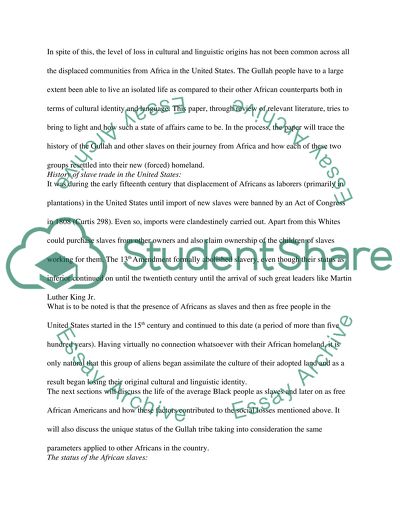Cite this document
(“The Gullah community in American slave history Essay”, n.d.)
Retrieved from https://studentshare.org/anthropology/1402941-african-or-american-comparing-the-gullah-people-to
Retrieved from https://studentshare.org/anthropology/1402941-african-or-american-comparing-the-gullah-people-to
(The Gullah Community in American Slave History Essay)
https://studentshare.org/anthropology/1402941-african-or-american-comparing-the-gullah-people-to.
https://studentshare.org/anthropology/1402941-african-or-american-comparing-the-gullah-people-to.
“The Gullah Community in American Slave History Essay”, n.d. https://studentshare.org/anthropology/1402941-african-or-american-comparing-the-gullah-people-to.


